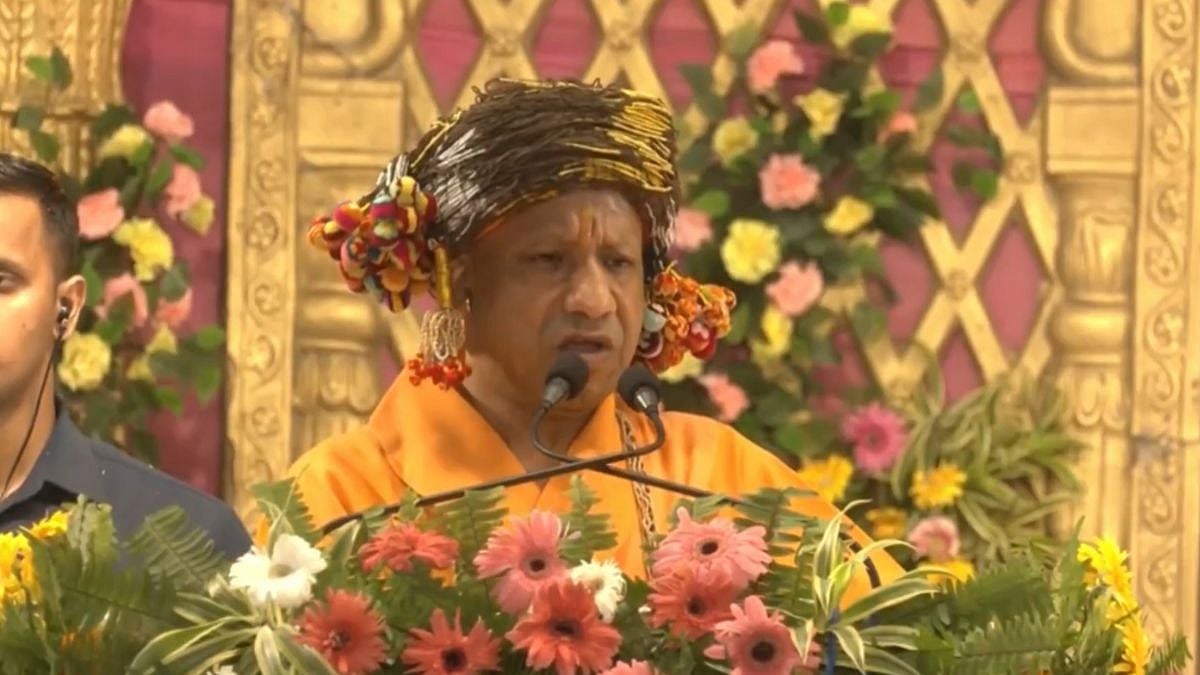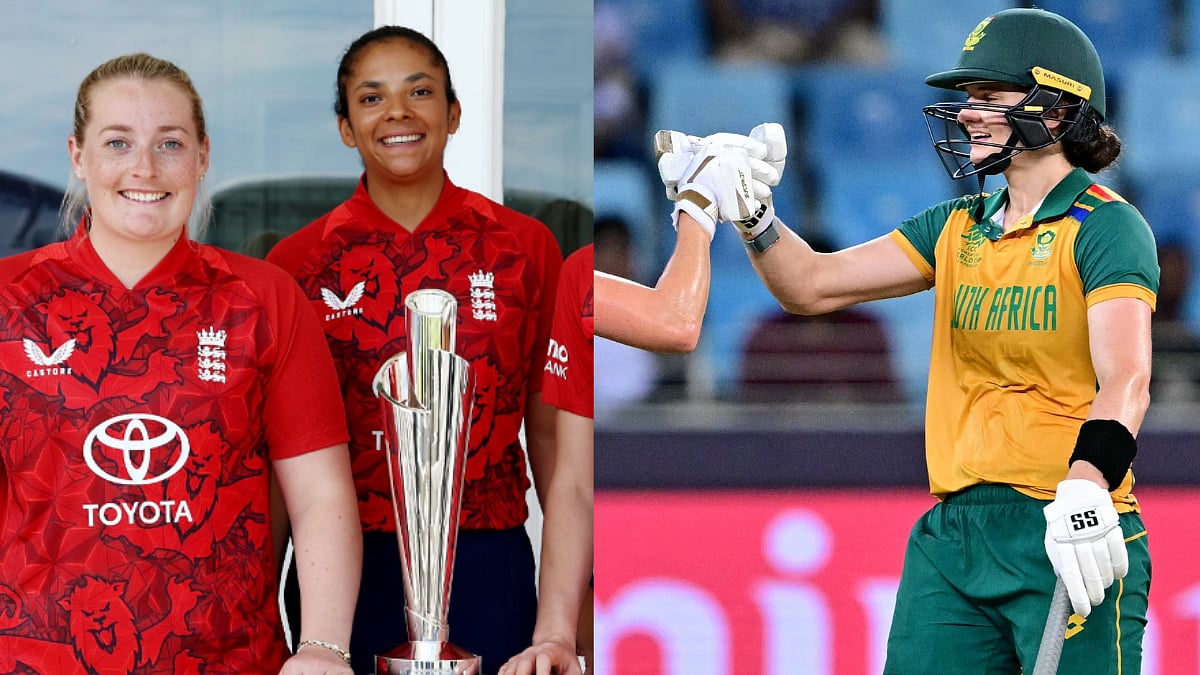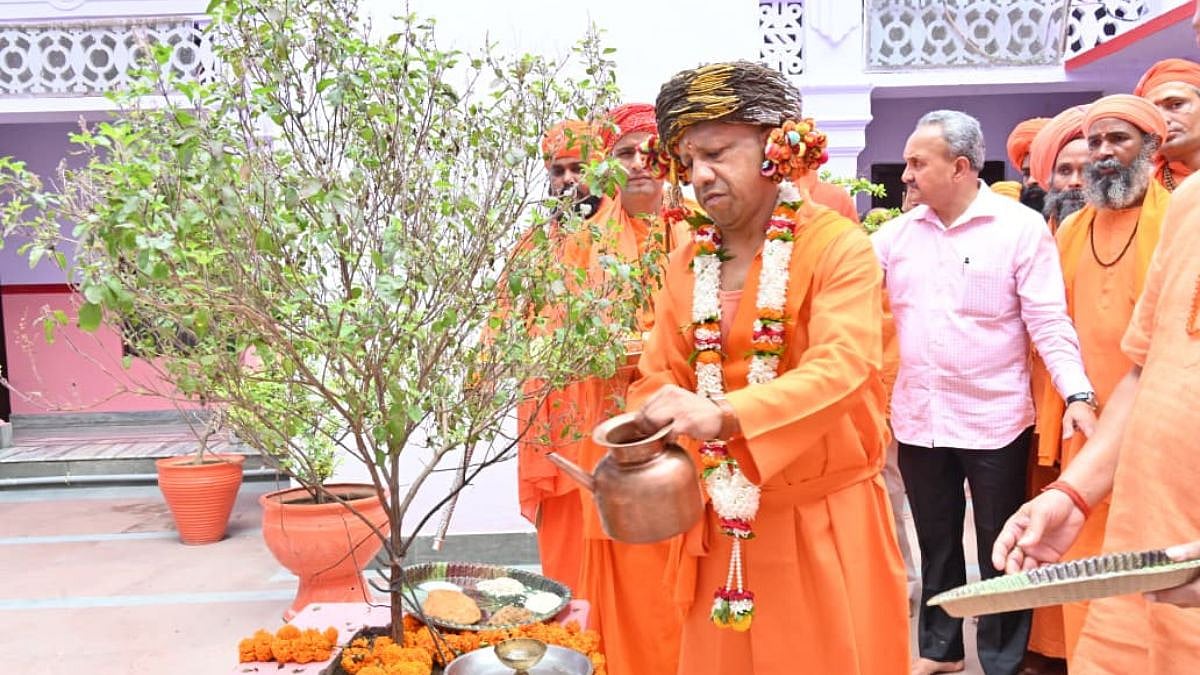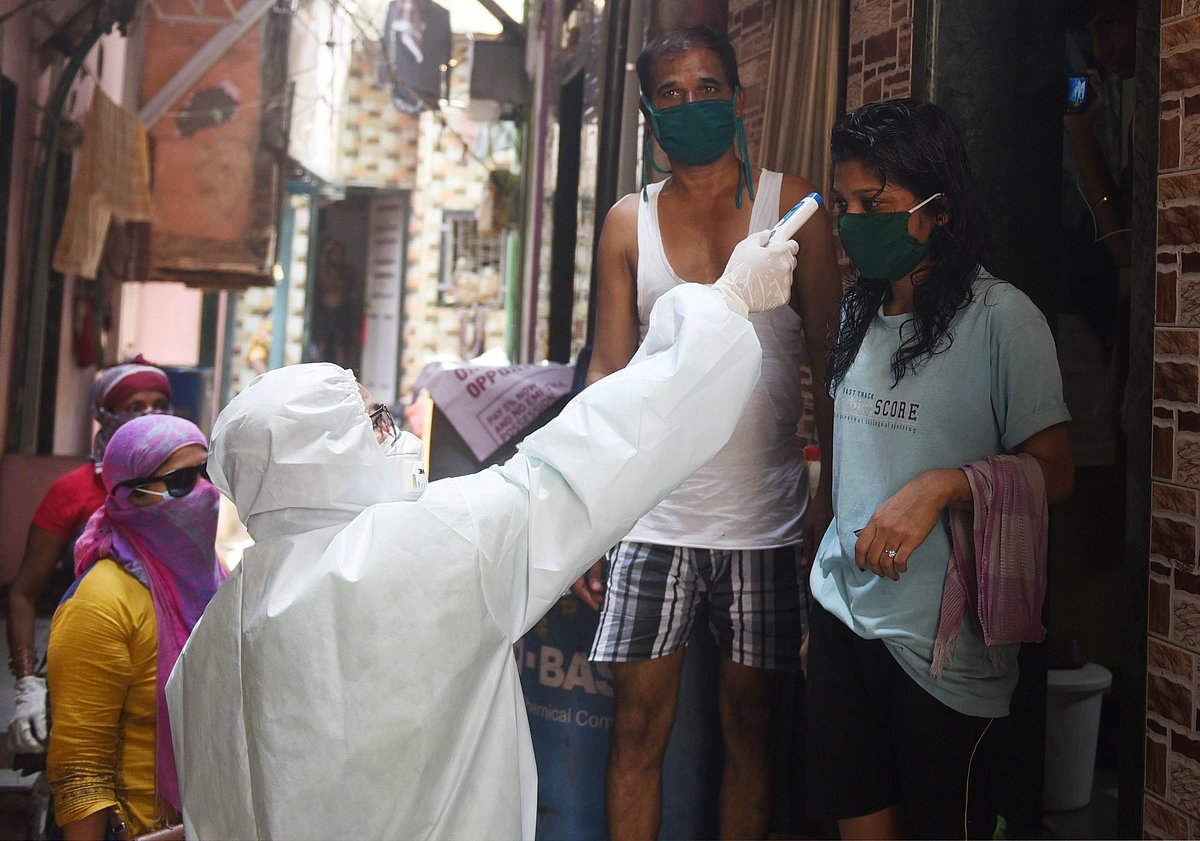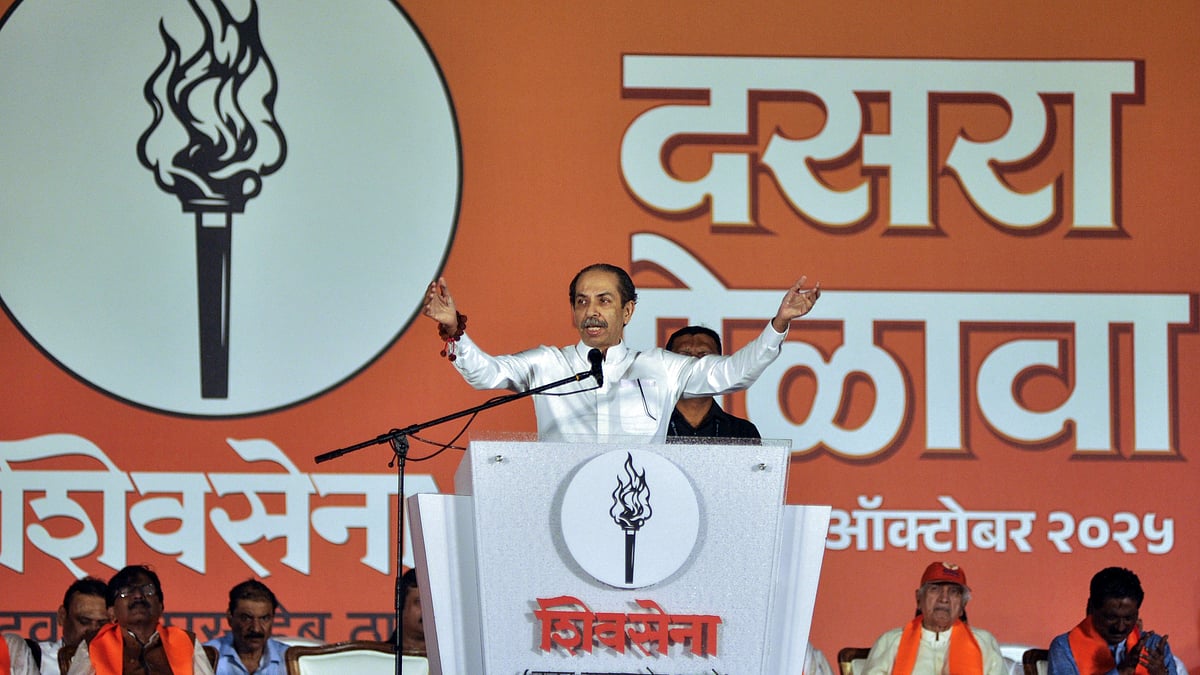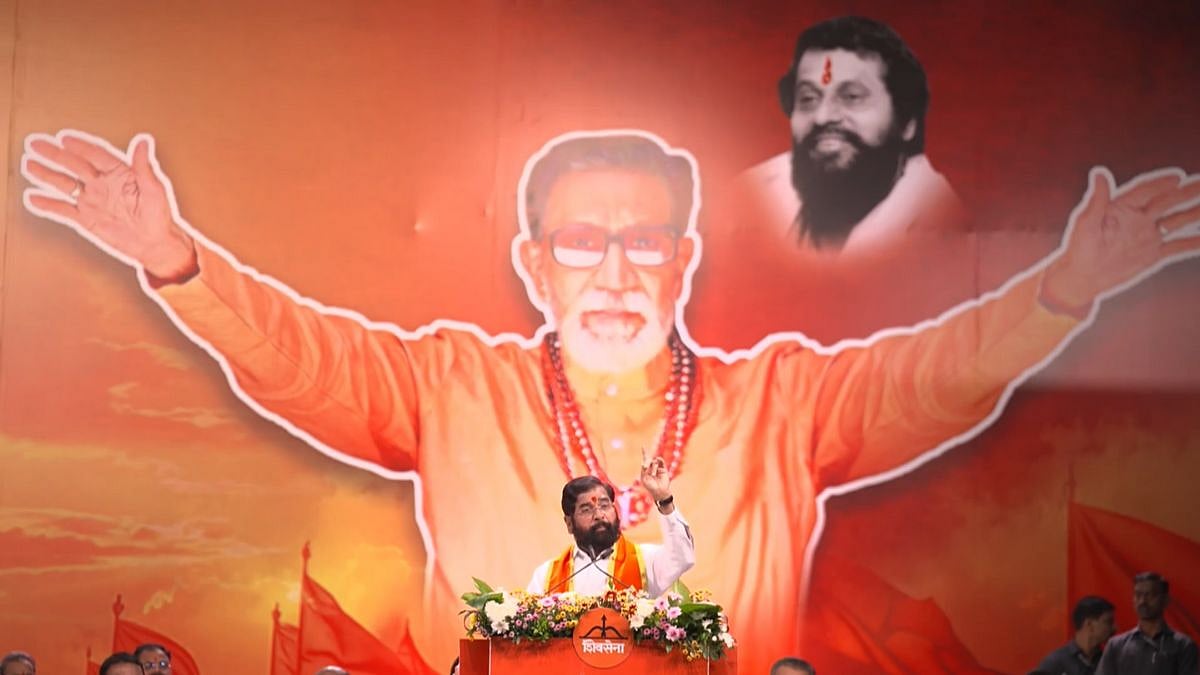The spread of Corona has been controlled in Dharavi, which is known as the largest slum cluster in Asia, and one of the major hotspots of the pandemic.
The health infrastructure is working overtime for the past 100 days to restrict the spread of the virus in this area, which has a 10 lakh-strong population and bring down the number of active cases to zero. But, even as the people of Dharavi fight Corona, they are facing a new challenge of ensuring that they get employment and can make ends meet.
The people of Dharavi are also Mumbaikars and must not be discriminated against and kept away from employment opportunities just because they stay in that area, said school education minister and local MLA Varsha Gaikwad, in an ardent appeal during an interview to ‘Navshakti.’
Varsha Gaikwad’s father Eknath Gaikwad is the president of the Mumbai Regional Congress Committee (MRCC), and she is a four-term MLA from Dharavi. The constituency has also played a major role in her father’s victory in the state legislative assembly, and subsequently, the Lok Sabha elections.
Varsha Gaikwad has been working relentlessly for the past three months with the government machinery, voluntary groups, and party workers to ensure that Dharavi is Corona free. She has a great affinity for Dharavi, which has seven sprawling municipal wards.
In the past three months, over 2,500 positive cases have been detected in Dharavi, and initially, the death rate was high. She stresses that apart from ensuring the use of masks, sanitisers, timely medical check-ups and social distancing, the battle against Corona reached a decisive stage due to confidence being created among the people.
Jobs and employment are the biggest challenges before the people of Dharavi, said Varsha Gaikwad. Dharavi got publicity at the national level as Corona hotspot. This led to local residents being looked at in a different manner by others. Residents of Dharavi are also shunned by them. A large number of the taxi, rickshaw and private vehicle drivers reside in Dharavi but are unable to get work since the lockdown began.
Dharavi has a domestic, small scale industry which manufacturers panatis (diyas) and leather products. It has around 1,000 units manufacturing leather products, but they have been closed for the past 100 days. The leather industry has declined by around 50% due to demonetisation and the advent of the Goods and Services Tax (GST) regime. The advent of the Corona pandemic has added to these problems.
Thousands are employed as domestic workers and in small enterprises, but now, are being denied opportunities just because they stay at Dharavi. Normalcy is being restored in Dharavi. Others too must overcome the stereotype about people from the area being Corona patients.
Speaking to Navshakti, Gaikwad drew attention to how Dharavi faced a migrant labour problem. The end of the second phase of the lockdown led to lakhs of workers residing in 100 square feet tenements losing their patience. They were already suffering from lack of work and there were fears about being infected by Corona and sent into quarantine. They petitioned Gaikwad that they wanted to return home. For this, the Central and state governments needed to help arrange trains for travelling to other states.
She contacted former Congress president Rahul Gandhi. Realising the seriousness of the issue, he followed up with the Centre for extra trains for migrant workers in Mumbai.
However, the Centre made some noises while approving extra trains and put some restrictive conditions, like drawing up a list of workers and asking them to submit medical certificates. The police were given the responsibility of filling up forms. There were huge lines outside the Shahu Nagar and Dharavi police stations, adding to the burden of the already overstretched police force.
Then, Gaikwad took the help of voluntary groups which work for people from various states who stay in Dharavi, and they prepared the lists of workers. They were scanned and the PDF files were sent to the police, making their job easy. Around 1.25 lakh workers from Dharavi left for Uttar Pradesh, Bihar, Odisha, Jharkhand, West Bengal. But the Centre fell short on its promise of reimbursing 85% of the ticket costs. Workers from Rajasthan and Gujarat were sent back through special buses.
Health minister Rajesh Tope and Gaikwad paid special attention to Dharavi. Gaikwad’s husband Rajubhau Godse also helped in this. A team of workers including Mumbai Congress secretary Mahendra Salve, Sachin Gaikwad, Sachin Jadhav and others is working for Dharavi even today.


